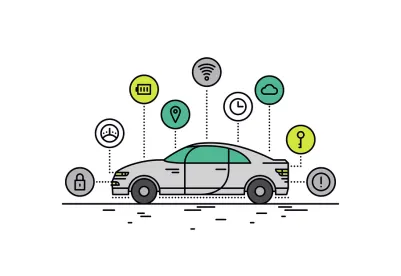Following on the heels of recent Washington legislation promoting electrification of the transportation system, Oregon Governor Kate Brown on July 15 signed SB 1044, legislation that strengthens Oregon’s legislative and regulatory mandates promoting adoption of electric vehicles (EVs). While Oregon already has a number of programs in place to promote EVs and other non-emitting vehicles, including strong incentives to encourage consumers to purchase electric vehicles and utility pilot programs to expand charging infrastructure, the new legislation ratchets up those programs in three ways.
First, the legislation adopts the goal, initially adopted by Gov. Brown in Executive Order No. 17-21, of having 50,000 registered zero-emission vehicles (ZEVs, defined to include EVs, plug-in hybrid EVs, hydrogen-fueled vehicles, and other vehicles that do not emit pollutants) on the road by 2020. The legislation then ups the ante, setting the goal of having at least 90% of new motor vehicle sales be ZEVs by 2035, with interim goals ramping up to that level. The Oregon Department of Energy is required to report to the legislature bi-annually on progress towards these goals and to make recommendations for legislation if the goals are not being met.
Second, the legislation strengthens existing mandates for state agencies to purchase ZEVs, requiring that at least 25% of light-duty vehicles purchased or leased by state agencies to be ZEVs by 2025, with all such purchases to be ZEVs by 2029, unless ZEVs are unavailable to meet these mandates.
Third, the legislation authorizes public purpose funds collected through utility rates to be used by school districts to conduct energy audits of their fleets. Once fleet audits are completed, those funds may then be used by school districts to purchase or lease ZEVs, including ZEV school buses.
At the end of 2018, Oregon had 22,467 registered EVs in the state and is currently on pace to have approximately 40,000 EVs by the end of 2020. The new legislation will help Oregon achieve the stated goal of 50,000 EVs by 2020, and, in conjunction with similar legislation in Washington and California, help ramp up the market for ZEVs on the West Coast.





 />i
/>i

